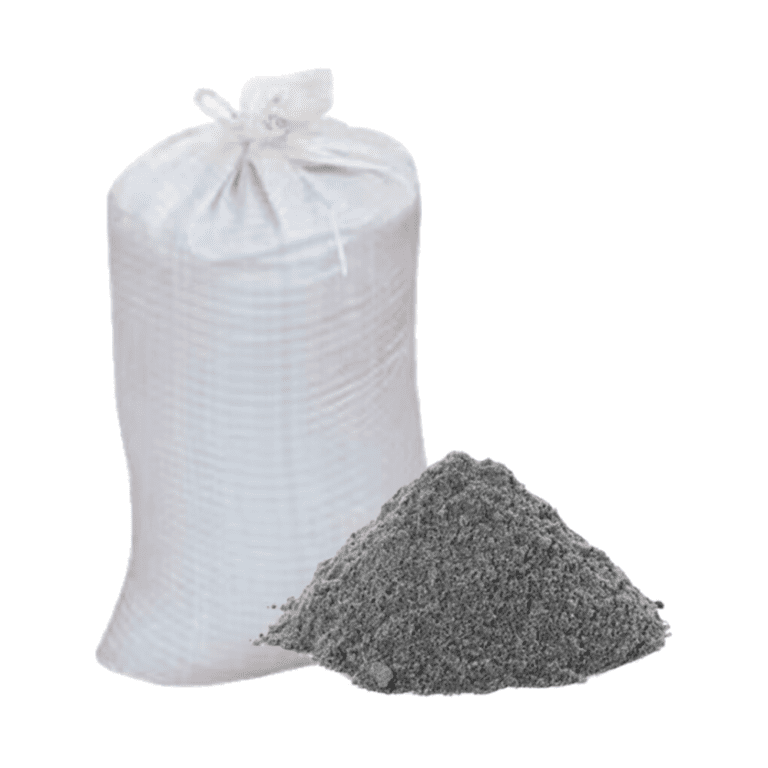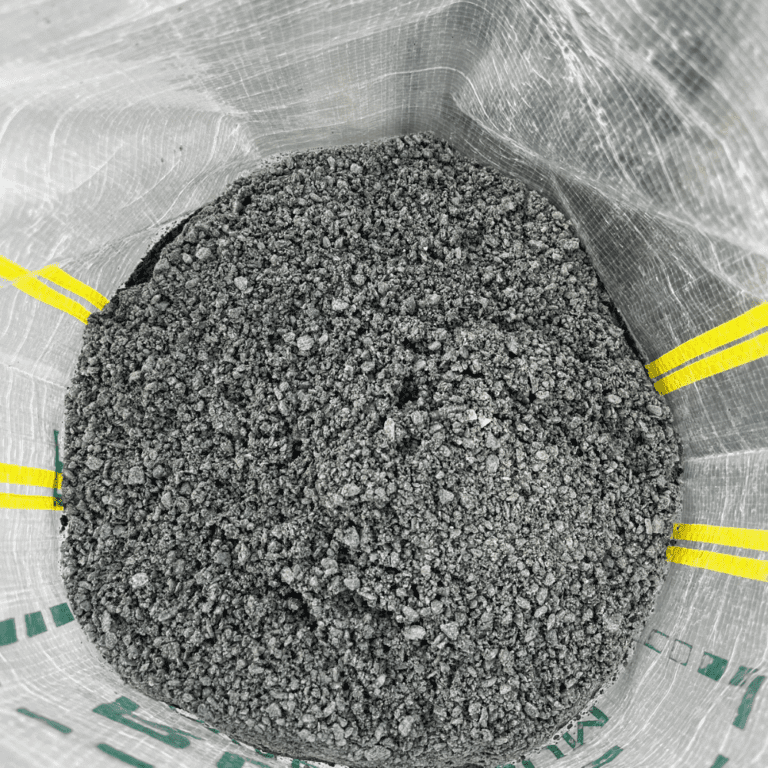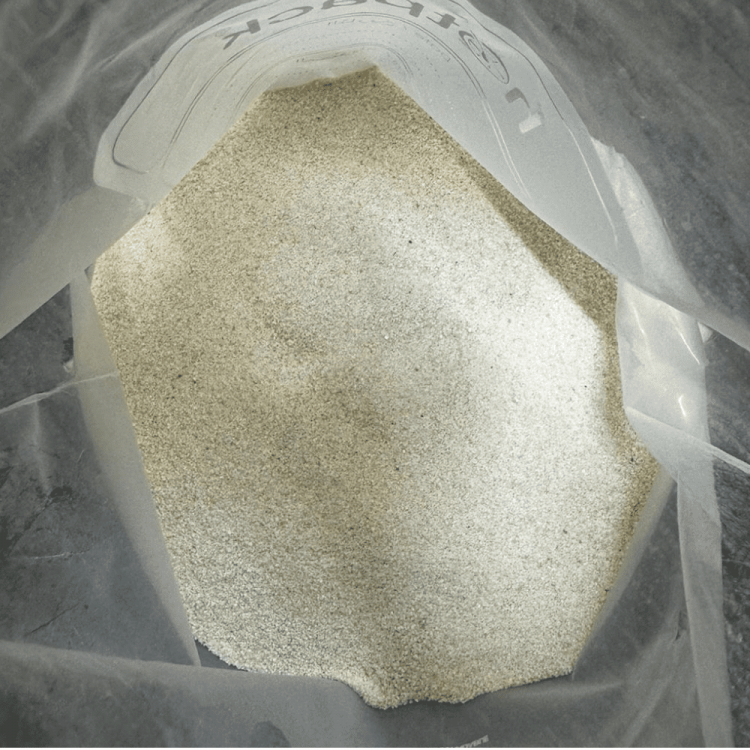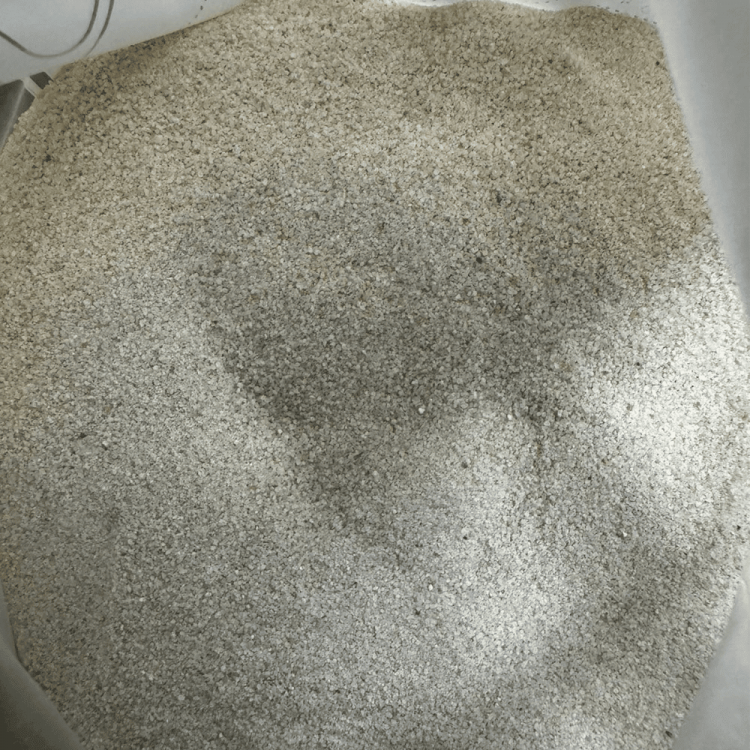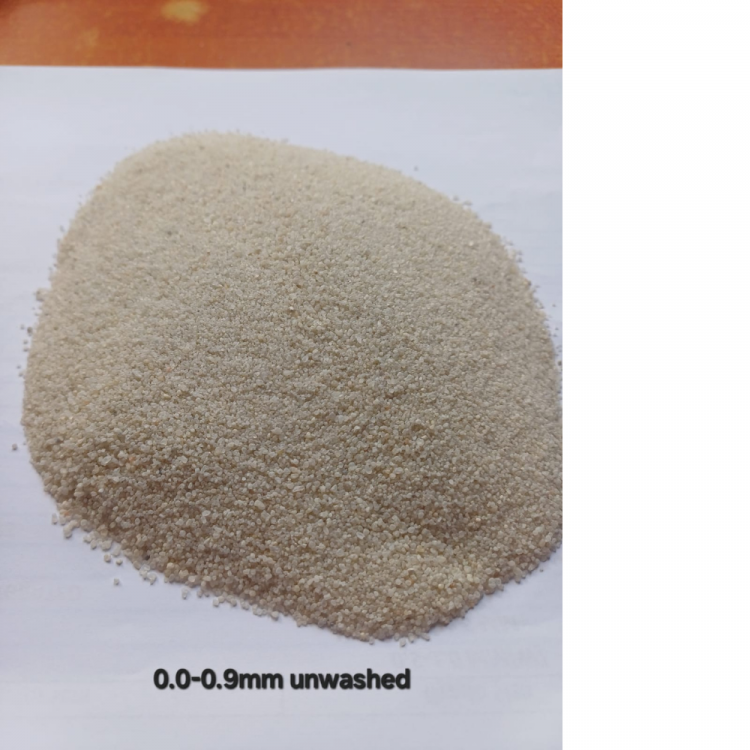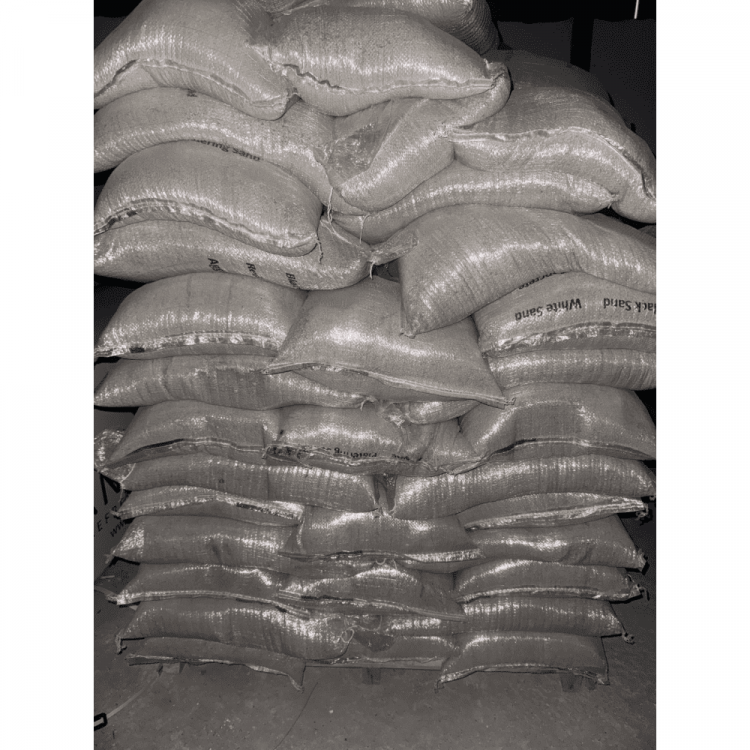Method Statement for Handling and Use of Colored Silica Sand (Pure Black)
Product Name: Colored Silica Sand (Pure Black)
Chemical Name/Formula: Silicon Dioxide (SiO2)
HS Code: 25051000
Company Name: PROUDI TRADING FZE
Address: SAJJA INDUSTRIAL AREA, SHARJAH
Phone: +971(0)564305251
Email: [email protected]
SECTION 1: Scope and Application
This method statement provides guidelines for the safe handling, use, and storage of Colored Silica Sand (Pure Black) to ensure the health and safety of personnel. This document applies to all operations involving the handling of silica sand at the worksite.
SECTION 2: Chemical Composition / Information on Ingredients
Hazardous Ingredient:
- Crystalline Silica (Quartz)
- CAS No.: 14808-60-7
- Chemical Formula: SiO2
- Typical % by weight: 99.00 – 99.90%
SECTION 3: Hazard Identification
- Inhalation: Respirable crystalline silica can cause silicosis, a lung disease characterized by fibrosis (scarring) of the lungs. It is classified as a human carcinogen and can increase the risk of lung cancer.
- Eye Contact: May cause abrasion of the cornea.
- Skin Contact: Not applicable.
- Ingestion: Not applicable.
- Chronic Effects: Long-term exposure can lead to silicosis, cancer, and increased risk of tuberculosis.
SECTION 4: First Aid Measures
- Inhalation: In case of gross inhalation, move the person to fresh air immediately. If breathing is difficult, administer oxygen. Seek medical attention as needed.
- Eye Contact: Rinse immediately with plenty of water for at least 15 minutes. If irritation persists, seek medical attention.
- Skin Contact: Not applicable.
- Ingestion: Not applicable.
SECTION 5: Fire Fighting Measures
- Silica sand is non-flammable, non-combustible, and non-explosive.
SECTION 6: Accidental Release Measures
- Spills: Use dustless methods (such as vacuuming) to clean up and place into closable containers for disposal. Avoid dry sweeping. If necessary, flush with water to minimize airborne dust.
SECTION 7: Handling and Storage
- Handling: Avoid breathing dust. Use adequate ventilation and dust collection systems to keep airborne dust concentrations below permissible exposure limits (PEL). Follow good housekeeping practices to prevent dust accumulation on surfaces. Use local exhaust ventilation to maintain airborne silica levels below the PEL.
- Storage: Store in a cool, dry place, away from direct sunlight and excessive heat to prevent the bags from becoming brittle. Avoid breakage of bagged material and ensure proper stacking to prevent compression and damage to the bags.
SECTION 8: Personal Protection
- Eye Protection: Use splash-proof or dust-resistant goggles. Contact lenses should not be worn when handling silica sand.
- Respiratory Protection: Use appropriate respirators based on the concentration of airborne dust. For low concentrations, use any dust respirator; for higher concentrations, use a full-face respirator with high-efficiency particulate filters.
- Clothing: Wear appropriate protective clothing to prevent repeated contact with silica sand. Dusty clothing should be washed or vacuumed regularly.
- Gloves: Use protective gloves to prevent direct contact.
SECTION 9: Stability and Reactivity
- Stability: Crystalline silica (quartz) is stable.
- Incompatibility: Avoid contact with hydrofluoric acid, fluorine, chlorine trifluoride, and oxygen difluoride as it may cause a reaction.
SECTION 10: Toxicological Information
- Exposure to respirable crystalline silica can cause silicosis and may lead to lung cancer. It is also associated with increased risks of autoimmune disorders and kidney diseases.
SECTION 11: Disposal Considerations
- Dispose of packaging and material in accordance with local regulations. Minimize dust generation during disposal.
SECTION 12: Transport Information
- DOT Hazard Class: Not regulated.
- Marine and Air Transport: Not classified as dangerous goods.
SECTION 13: Regulatory Information
- Crystalline silica (quartz) is listed as a human carcinogen by IARC (Group 1). Employers must take necessary precautions to minimize employee exposure and ensure compliance with applicable safety laws and regulations.
SECTION 14: Additional Information
- For further details, refer to OSHA guidelines on silica exposure and the American Society for Testing and Materials (ASTM) standards. Employers are required to train employees on the hazards of crystalline silica and the use of personal protective equipment.


